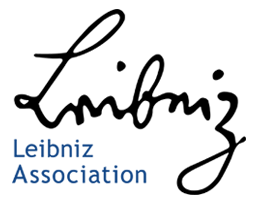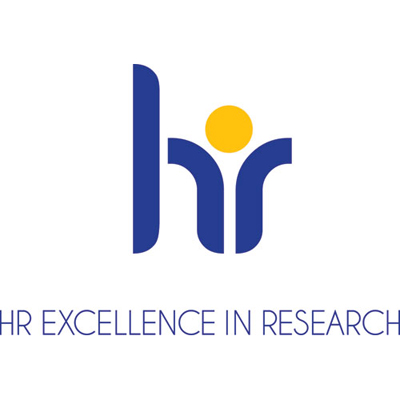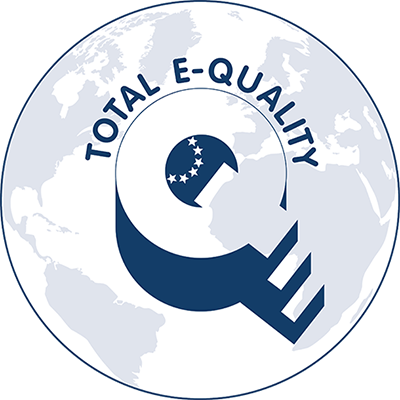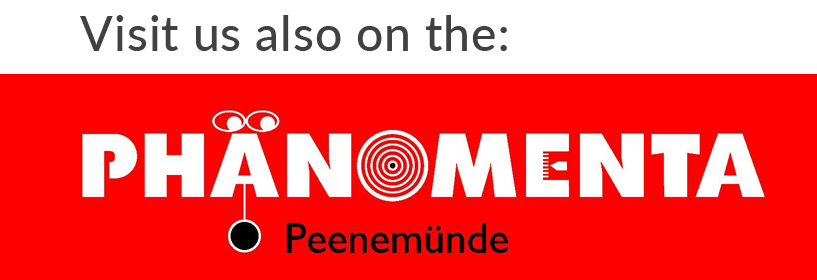Plasma Source Concepts
The research group "Plasma Source Concepts" emerges from the previous junior research group (NWG) "Extracellular Effects". In its work, it is pursuing the following question in particular: Can optimally adapted plasma sources be designed for specific medical applications on the basis of the available findings, or can new concepts be developed for specific applications? With the available findings from basic research, there is a sound scientific approach to designing new plasma sources that are tailored to clinical needs. The work of the research group "Plasma Source Concepts" should lead to fundamental new insights. For example, it will be analyzed how the components generated by the plasma can be adjusted so that biological processes can be modulated. Here, there is a direct interaction with the work of the NWG "Plasma Liquid Effects" and "Plasma Redox Effects".
The resulting research concept of the research group "Plasma Source Concepts" includes the development of novel source concepts for plasma generation and plasma application, taking into account a most selective plasma chemistry as well as enabling new source geometries. For the realization of the intended goals, close cooperation with the Competence Center Diabetes Karlsburg and the research group "Plasma Wound Healing" is established. In addition, various industry contacts and projects are integrated into the work in order to confront and adapt the concepts at an early stage with application requirements from the manufacturer side.
Through an increasingly intensified engineering setup, application-related partially or fully automated measuring stands are also designed, fluid mechanical questions are answered, and robotics toolboxes are integrated into the development processes.
In total, the technological possibilities cover the following range:
- Robotics: CoBot [UR3e], single-board systems, programmable traversal systems.
- Interface programming: from Python to ROS
- Electrical diagnostics: high-resolution oscilloscopes including probes and current probes
- Optical diagnostics: highly sensitive imaging using FastFraming cameras (up to 5MHz), ICCD cameras (ns exposure), CMOS cameras as well as spectrally resolved diagnostics and 3D scanning methods
- Optical analysis: development of evaluation routines (conventional & AI-based)
- Rapid prototyping for device development: diverse 3D printing manufacturing from plastic to resin to ceramics as well as machining equipment
- Complex measurement setups: Laser optical methods for flow field analysis (PIV),
- Competence in development iteration accompanying approval including the feedback loop with biological verification measurements with the plasma wound healing research group or external partners
- Measurement portfolio of physical safety measurements according to DIN SPEC 91315
Relevant projects
- Equipment for the Kompetenzzentrum Diabetes Karlsburg to carry out interdisciplinary collaborative research
- Measurement of absolute ion densities (MAID) by evaluation of ion acustic waves in the Plasma as well as accompanying modeling for identification of the ions
- P-Array
- AmbuPlas
- Plasma plus Corona
- Safe Cutter - Safe and mass market-ready laser cutter for desktop use
- PlasmODOR - Reduction of exposure to odorants by means of non-thermal plasmas
- biogeniV - Utilization of currently unused residual green materials and CO2 by new technologies
- INPTDAT









































